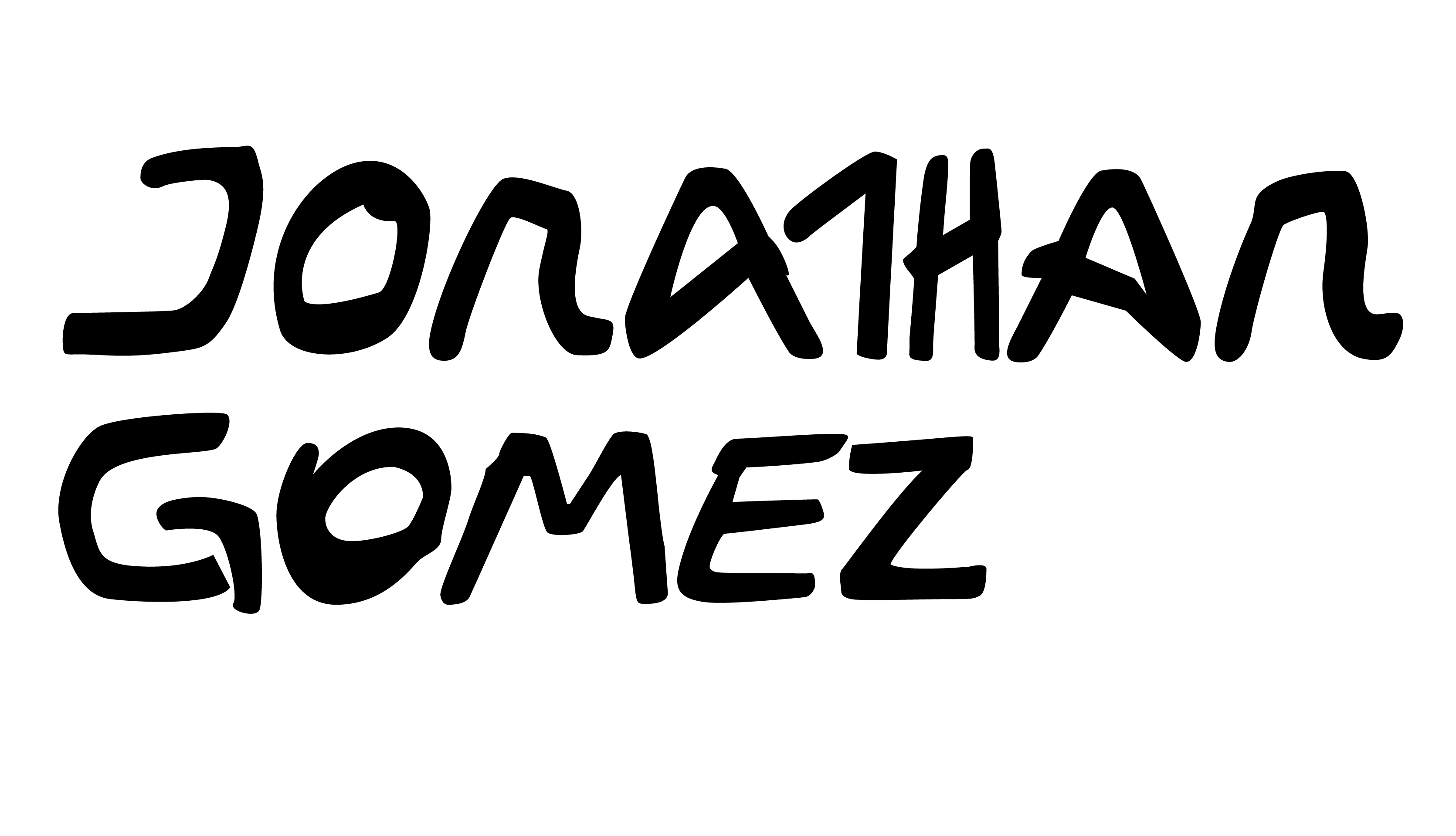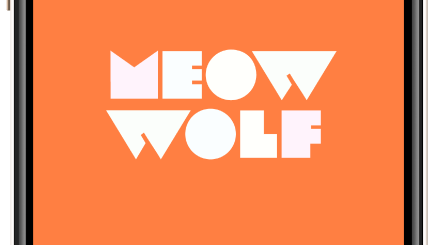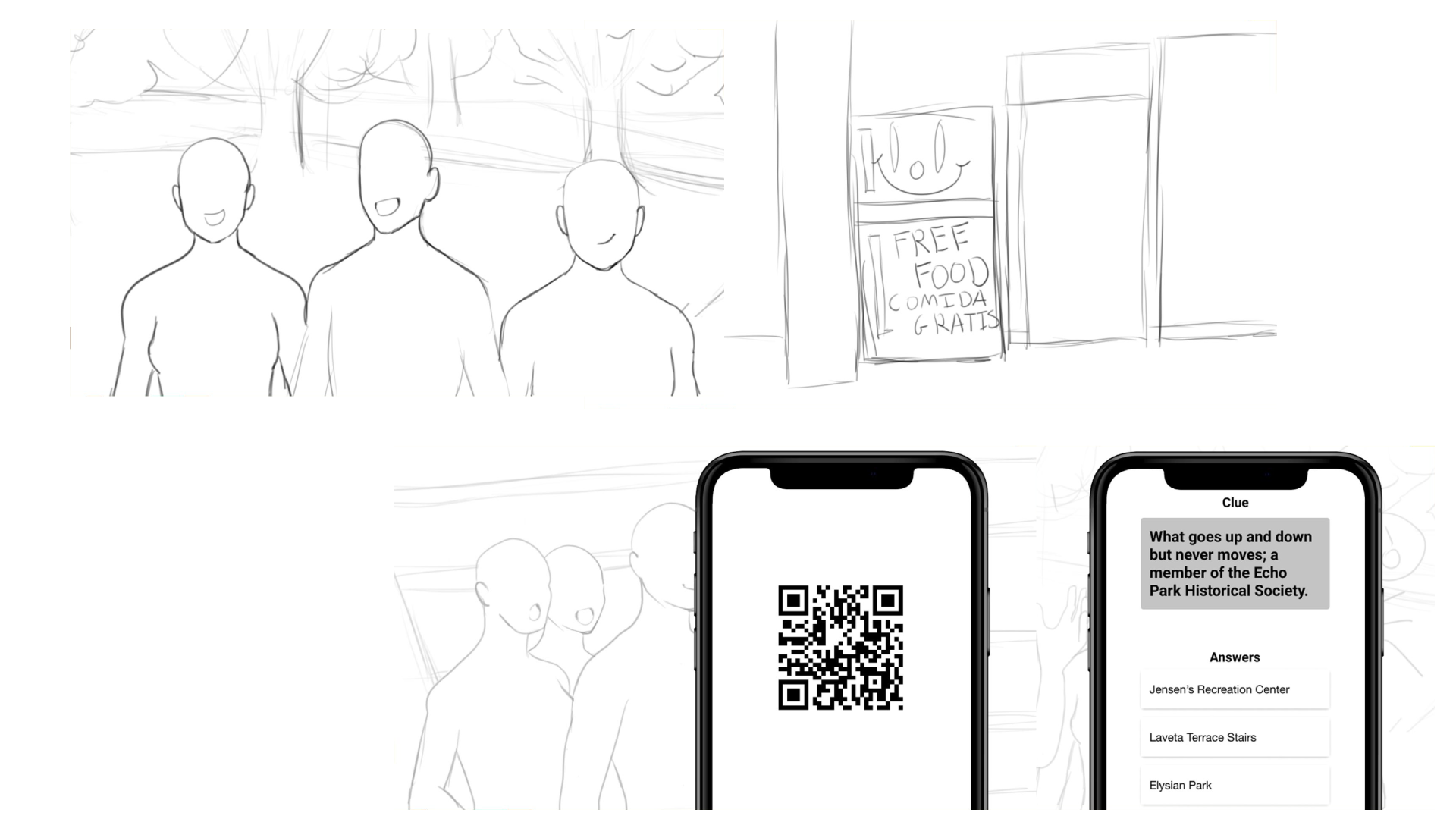CicLAvia
September 2022 — December 2022 (16 weeks)
Jiashi Balisacan, Natsumi Takagi, Mathias Moslehi
Field Research, Visual Design, User Interviews
- Netnography
- Heuristic Evaluations
- User Interviews and Surveys
- Observational Study
- a more seamless donation flow
- using video as a storytelling medium to connect with audience
- better way to advertise the Street Star program (monthly donation)
- discoverability of various ways users can support
- reorganizing the website contents
- streamlining the donation process at the event
- one-time donations are "transactions" and monthly donations are "supporters"
- find partners that have similar values
- they get most of the Street Star sign-ups through email
- care to understand the conditions in different communities
- think of long-term relationships with donors
- the power of asking in fundraising
- people are unaware of the financial blueprint of CicLAvia
- engaging in different ways (aside from financial support)
- asking for donations at the day of the event is too labor intensive for the little amount of money
Survey Synthesis: October 9th Event
We surveyed 44 participants and found that while majority of them attend CicLAvia events regularly, more than 80% did not know about the Street Star program. Many of them were also interested in showing support by donating, but when asked about the reason why they have not donated, their answers vary between the patterns of financial difficulty and lack of awareness about the donation opportunities.
Field Testing: December 4th Event
Our posters were spread out across different hubs and we have found that scale and placement matters. We tested the same design in various sizes and locations and the one that gathered the most attention was the largest one placed next to the route map.
We also have found that without encouragement and guidance to engage with the posters, most event goers were reluctant. However, they were willing and open to do so once encouraged. Having someone to facilitate the engagement makes a lot of difference.
Overall, we gained valuable insights about how participants interact with static marketing materials at large events. We noticed that after participants write their "two cents", they either take a photo of their post-it note or take a selfie in front of the poster.


